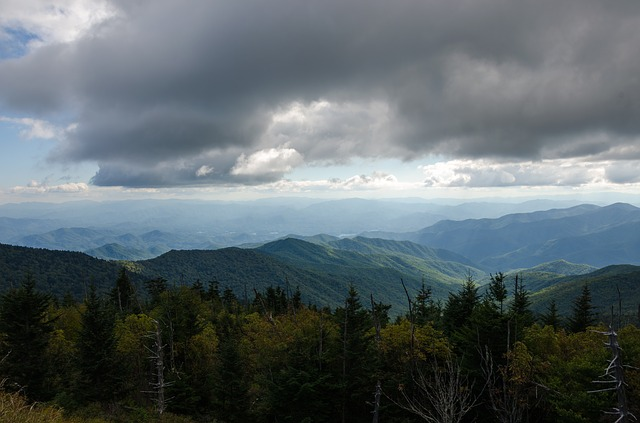As one of the most popular recreational destinations in the United States, Great Smoky Mountains National Park is never short of visitors.
However, despite its notoriety, many people don’t actually know too much about the park, besides the incredible views it has to offer. With that in mind, with want to help you explore Great Smoky Mountains National Park, by way of a virtual tour.
I will provide information about the park and its history, while offering crucial tips on things like the best attractions in and around the park, as well as the best time to visit, how to get there, and how long to stay.
So, if you are planning a trip to Great Smoky Mountains National Park yourself and want to ensure it is absolutely perfect, then this is the article for you.
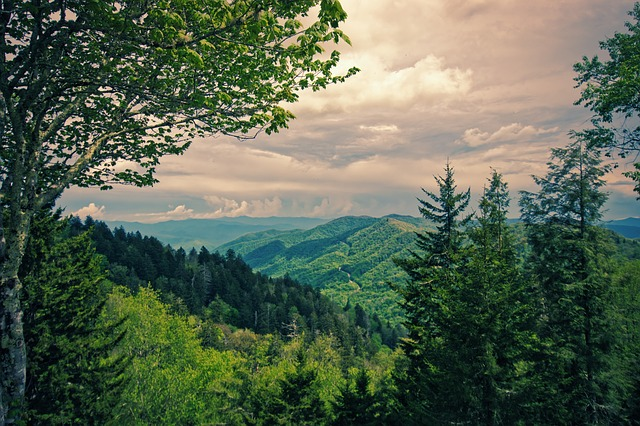
Facts & Figures About Great Smoky Mountains National Park
Covering 522,426.88 acres, Great Smoky Mountains National Park is the 11th largest national park in the contiguous United States and the 19th largest in the country overall.
With over 12,000,000 recreational visitors each year, Great Smoky Mountains is, by far, the most visited national park in the entire U.S. Its yearly visitor number is more than triple that of the 2nd most visited, that being Yellowstone National Park.
Established on June the 15th 1934, Great Smoky Mountains was the 21st location to be designated a national park in the USA.
Officially dedicated by President Franklin D. Roosevelt in 1940, it was also the first national park in the country to be partially funded using federal funds.
Great Smoky Mountains National Park was designated a UNESCO World Heritage Site in 1983 and a UNESCO Biosphere Reserve in 1988. It is one of only 8 of the 63 national parks in the country to have received both distinctions.
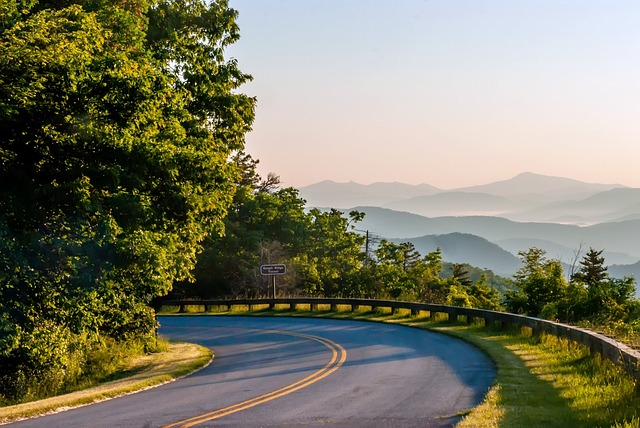
The Wildlife & Landscape Of Great Smoky Mountains National Park
The Great Smoky Mountains are known for their towering mountainous terrain, which includes many of the highest peaks in eastern North America.
Almost 95% of the national park is covered by forests, over a third of which are old growth forests that predate the area’s European settlement.
Geographic features like caves, rivers, streams, and waterfalls, some of which reach up to 80 feet (24 metres) tall, are common throughout the Great Smoky Mountains.
There are more than 100 species of trees, plus 1,400 species of flowering plants and 4,000 species of non-flowering plants.
Within the park there are 850 miles (1,370 kilometres) of trails and unpaved roads, at least 70 miles (110 kilometres) of which are part of the Appalachian Trail. This allows you to explore most of the park using a combination of hiking, biking, and motor vehicles.
There is also an abundance of wildlife living in the Great Smoky Mountains. This includes 50 species of fish, like the American gizzard shad, brook trout, lamoetra appendix, longnose gar, and mountain brook lamprey, as well as over 200 species of birds, such as wild turkey.
Bats, beavers, black bears, bobcats, chipmunks, coyotes, elk, foxes, opossums, river otters, skunks, squirrels, white-tailed deer, and woodchucks are the most common mammals.
There are many amphibians and reptiles too, including lungless salamanders, for whom the park is an important site.
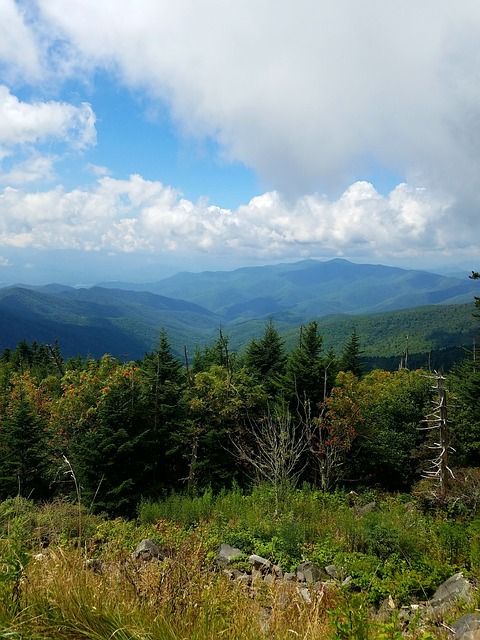
Top Attractions In Great Smoky Mountains National Park
Now that you know a little bit more about your destination, it is time we turned our attention to the top attractions in Great Smoky Mountains National Park.
Here we will look at the most popular and exciting attractions the park has to offer, to help you fill out a comprehensive travel itinerary for your visit.
Cades Cove
Cades Cove is an isolated valley in the northwest section of Great Smoky Mountains that is one of the most popular destinations in the GSM. Settled by homesteaders before the creation of the park, the various structures they erected have been incredibly well preserved.
This gives visitors the opportunity to step back in time and see what life would have been like on a historic homestead. Its collection of buildings will give you a detailed look into every facet of a village in this area, from early settlement through the civil war era.
The most iconic barns, churches, log cabins, and other buildings in Cades Cove have been classified as the Cades Cove Historic District and listed on the National Register Of Historic Places.
These include the Cades Cove Methodist Church, Cades Cove Missionary Baptist Church, Becky Cable House, John Cable Grist Mill, Dan Lawson Place, Elijah Oliver Place, John Oliver Cabin, Henry Whitehead Cabin, Myers Barn, Primitive Baptist Church, Tipton Place, and Carter Shields Cabin.
Cades Cove also boasts a collection of fabulous geographic features, such as Bull Cave, the deepest in Tennessee, and Gregory’s Cave, known for the rich collection of fossils that have been discovered within.
The Cades Cove loop trail is an 11 mile (18 kilometre) paved track that allows you to conveniently take in all of these sights, as well as the views and nature that Great Smoky Mountains National Park is known for.
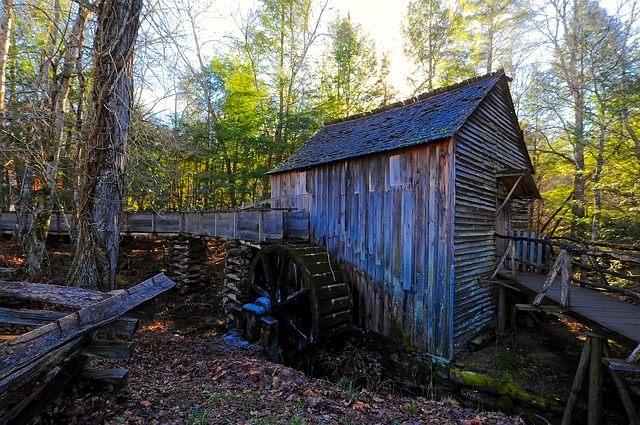
Cataloochee
Located in the far east section of the Great Smoky Mountains, the Cataloochee valley was historically a large Appalachian settlement and was one of the most popular hunting grounds for the Cherokee tribes in the region.
The larger valley consists of three smaller, narrow valleys, each of which has a stream running through it and is surrounded by cliffs and tall trees.
This is where the valley gets its name from, as it derives from the Cherokee word “gadalutsi”, which translates to “fringe standing erect”. European settlers first arrived at the beginning of the 19th century, with a few of their structures still visible.
These include the Beech Grove School, Caldwell House, Cook Cabin, Hannah Cabin, Little Cataloochee Baptist Church, Messer Barn, Palmer Chapel, Palmer House, and Steve Woody House. There are also a number of Civil War graves and monuments for visitors to explore.
However, Cataloochee is considerably more remote than many of the park’s other popular destinations, being connected to the outside world largely by winding gravel roads.
This makes it one of the best areas in the Great Smoky Mountains to appreciate the region’s wildlife. It is a particularly good option for those hoping to see the park’s population of elk.
Cataloochee is where they were reintroduced to the park in 2001 and many still remain in the area.
Those looking to spend a longer duration in the region will also find the Cataloochee Campground, as well as a number of designated backcountry campsites, where they can spend the night.
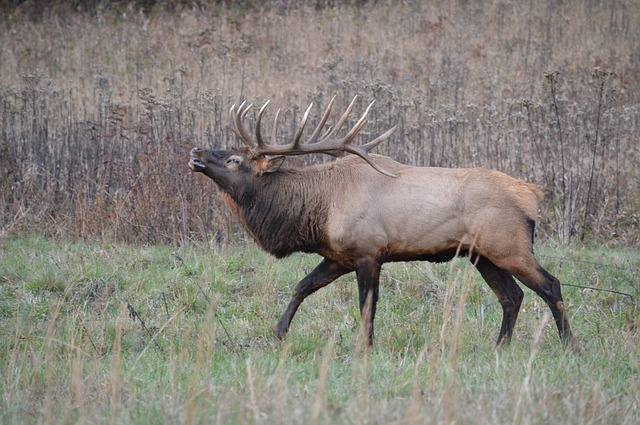
Elkmont Historic District
Elkmont was originally settled as a logging town, before developing into a popular resort with the construction of the Wonderland Park Hotel in 1912.
Over the ensuing decades, Elkmont became a hotspot for the elite and wealthy members of society to take their vacations.
Unfortunately, in 1992, the National Park Service announced plans to remove all of the structures from the park and evict any tenants.
However, just two years later, in 1994, many of the structures were listed together as the Elkmont Historic District on the National Register Of Historic Places.
After lengthy debates, the National Park Service agreed to completely preserve and restore 19 of the oldest, most significant structures in the area. 17 of these 19 remaining structures are grouped closely together in an area known as Daisy Town.
These included the Addicks Cabin, Appalachian Clubhouse, Byers Cabin, Levi Trentham Cabin, Mayo Cabin, Spence Cabin, and a children’s playhouse called Adamless Eden.
They offer a wonderful insight into what a logging community would have looked like at the height of the industry.
Some of the smaller structures still stand in the area and have fallen into disrepair, while remnants of those that have been demolished still remain, including a number of chimneys and fireplaces. This helps to add a slightly eerier feel to the area as well.
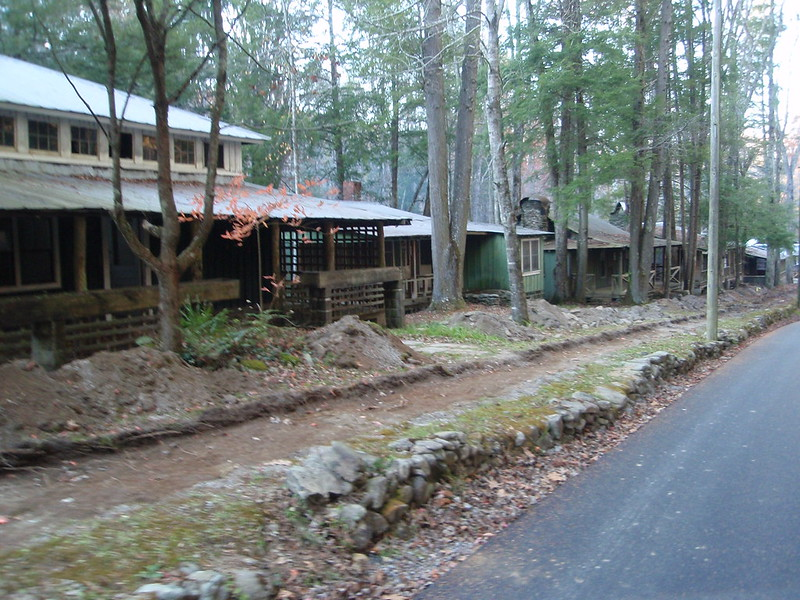
Mingus Mill
The Mingus Mill is a late 19th century grist mill, located in the Oconaluftee valley, on the southern edge of Great Smoky Mountains National Park. It is a beautiful, historic structure, which will please fans of both architecture and industry alike.
Completed in 1886, the mill has been operational since it was opened, with the exception of a three year period when it was being restored in the late 1930s, and then again during World War II.
The fact that a mill of this age is still completely functional is rare and a testament to the workmanship that went into creating it all those years ago. It also provides a unique opportunity for visitors to see a historic mill in action.
Powered by the nearby Mingus Creek, its sluice, turbine, and various pieces of other machinery still work to show guests how corn and wheat is converted into flour, in an efficient, economic, and historic fashion.
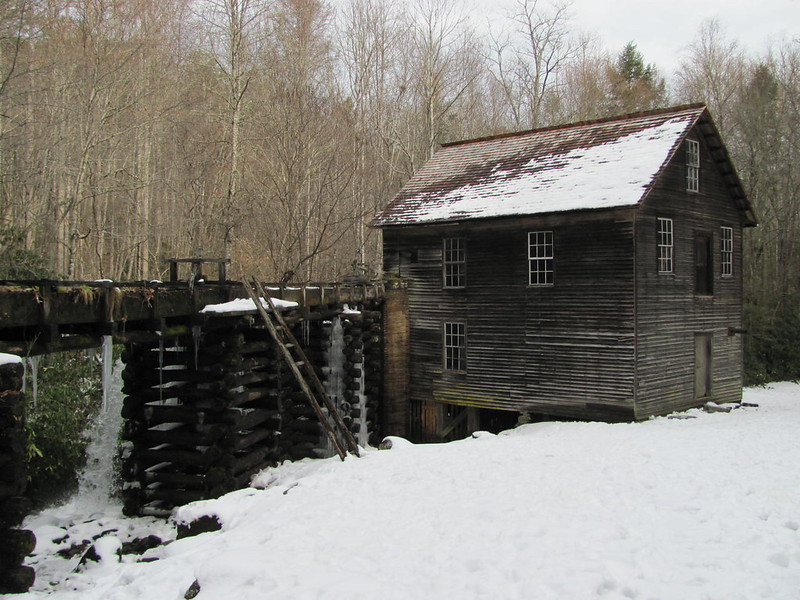
Mountain Farm Museum
The Mountain Farm Museum is located less than a mile from the Mingus Mill in the Oconaluftee valley. It is also adjacent to the Oconaluftee Visitor Center, a beautiful building where you can find out more information about both structures and the surrounding valley.
First opened in the 1950s, the outdoor museum features a collection of wooden structures that have been relocated from around Great Smoky Mountains National Park, to create a traditional Appalachian style farm for visitors to explore.
You have the John Davis Cabin to show a traditional residence, the Enloe Barn shows how livestock would have been kept, and the Messer Applehouse and Meathouse, which were used to store produce and cure meat, respectively.
There is also the Baxter/Jenkins Chickenhouse, designed to protect their chickens from predators, a springhouse for refrigeration, two corn cribs to store harvested corn, and a blacksmith shop to provide the tools and equipment for use on the farm.
All of this creates a truly immersive experience, where you can picture exactly how a farm such as this would have operated in its heyday.
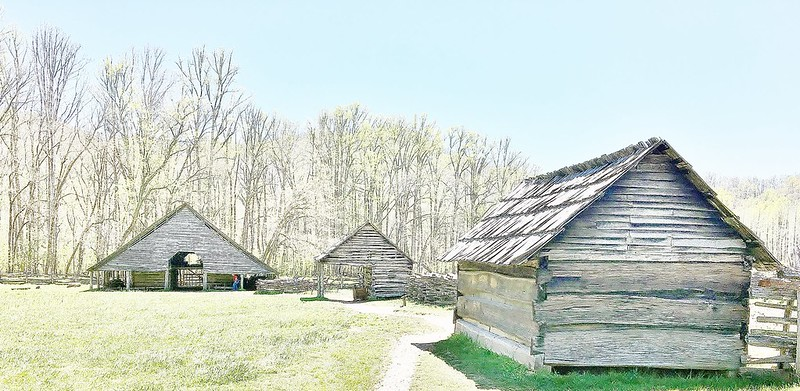
Noah Ogle Place
The Noah Ogle Place is a preserved homestead in the north of the park, built by local farmer Noah “Bud” Ogle in the late 1800s.
Featuring a four-pen barn, saddlebag cabin, and tub mill, it is a perfect stop for anyone hoping to see some unique sights that are still within keeping the spirit of the park.
The barn and tub mill are the only examples of their kind remaining in the park, while the tub mill is the only one that is still operational anywhere in the region.
This historical significance led to the homestead being listed on the U.S. National Register Of Historic Places in 1977.
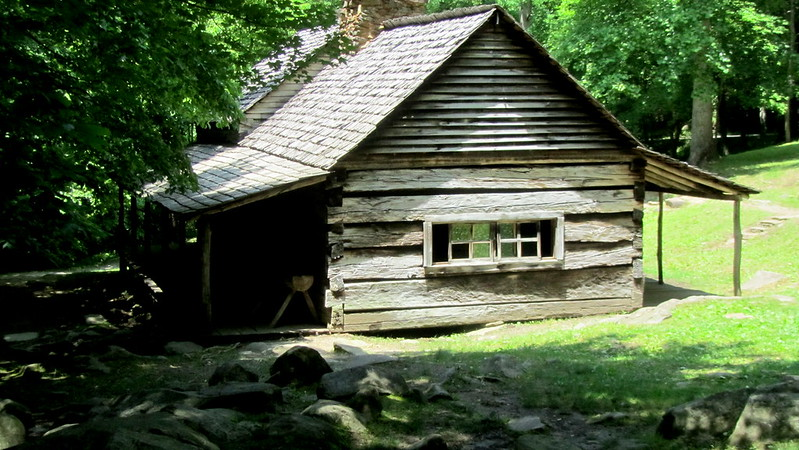
Roaring Fork
Roaring Fork is one of the most prominent streams in Great Smoky Mountains National Park and takes its name from the roar created by the flow of the water as it reverberates off of the surrounding mountains and ridges.
A beautiful, scenic destination, it is a popular spot for hikers hoping to lay eyes on some of its stunning geographic features, such as Baskins Creek Falls.
Those wanting to enjoy the natural beauty in a slightly less active fashion will also enjoy the Roaring Fork Motor Nature Trail.
A one-way vehicular trail, it allows you to drive past waterfalls, forests, and overlooks, so you can make the most of the region’s scenery from the comfort of your vehicle.
Roaring Fork is even home to the Roaring Fork Historic District, which is listed on the National Register Of Historic Places.
Containing the preserved remains of structures like the Alex Cole Cabin, Alfred Reagan Cabin & Tub Mill, Ephraim Bales Place, and Jim Bales Place, it helps you understand the history of the first settlers to this region of the Appalachians, when they arrived at the beginning of the 1800s.
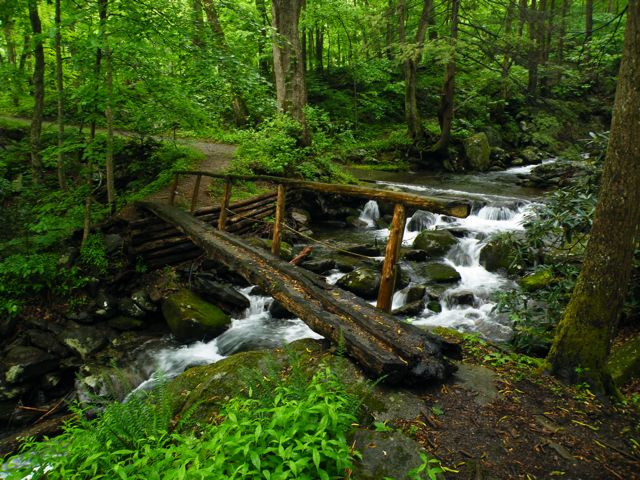
Things To See And Do Near Great Smoky Mountains National Park
While the sights and sounds of the Great Smoky Mountains National Park are fantastic on their own, there are plenty of fabulous opportunities in the surrounding area as well.
We will now take a look at some of the best things to see and do near Great Smoky Mountains National Park, to help you really flesh out your trip and make it as memorable as possible.
Drive Along Blue Ridge Parkway
The Blue Ridge Parkway is a National Scenic Byway and Parkway that regularly ranks among the most scenic roads on Earth.
Those wanting to see some of the most stunning views in the region should take a drive along all or even just part of the Blue Ridge Parkway, for some truly stunning vistas.
Opened on June 30th, 1936, it runs for 469 miles (755 kilometres) along the Blue Ridge Mountains, from Rockfish Gap, Virginia to the Oconaluftee River Overlook in Cherokee, North Carolina.
In addition to the incredible views, attractions like the Blue Ridge Music Center and the highest point in eastern North America, Mount Mitchell, as well as folk art and visitor centres and nature reserves make seeing at least part of the Blue Ridge Parkway a must while you are in the region.
Those who want to make a longer trip on the Blue Ridge Parkway will also find several campgrounds along its length, so you can stretch your expedition out for as long as you choose.
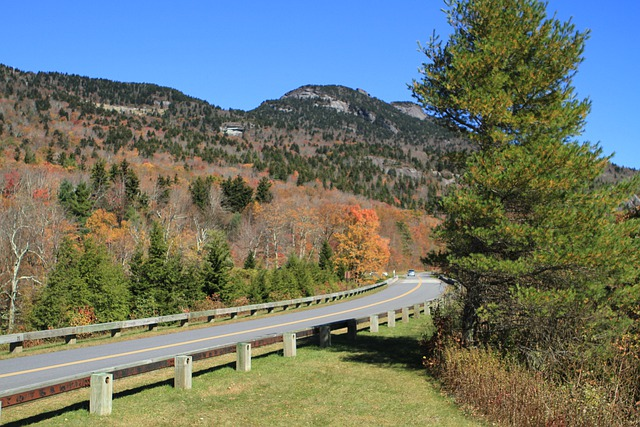
Spend A Day At Pigeon Forge
Pigeon Forge is a mountain resort town that has become a popular destination for fans of both country music and southern culture in general. While the town was settled in the 1780s, it remained largely unknown for almost 200 years, until the 1980s.
At this time, a resident of a nearby town called Pittman Center by the name of Dolly Parton was gaining worldwide acclaim for her musical endeavours.
This led to the creation of a number of tourist attractions, to capitalise on the avid fans who fame to see their hero’s hometown.
Amusement rides, musical theatres, outlet malls, and souvenir stores were opened by the people of the town. Meanwhile, Dolly Parton herself opened the Dollywood theme park and Dollywood’s Splash Country water park.
This makes Pigeon Forge a great destination for Dolly Parton fans hoping to learn a little more about their idol, regular tourists seeking some light-hearted family entertainment, or people looking to do a little bit of both.

Visit The Oconaluftee Indian Village
In a section of the Oconaluftee valley that lies directly outside the boundaries of Great Smoky Mountains National Park, you will find a location called the Oconaluftee Indian Village.
A living museum, it is designed as a replica of an 18th century Cherokee village, which previously stood here.
Guided tours through the village will give visitors the opportunity to learn about Native American culture and history in the region, in a location where many of the events actually took place.
You’ll get to see items such as arrowheads, blowguns, and baskets being created using traditional methods, while skilled performers will demonstrate the use of them and various other Native American implements.
For those seeking even more from their visit, the nearby Museum Of The Cherokee Indian offers a collection of art, artefacts, photos, and historical and cultural exhibits presented through films and holograms, to go even further into detail on the history and culture of the Cherokee people.
There is even the Unto These Hills, Outdoor Drama Center, where talented actors perform historical re-enactments of events from the region.
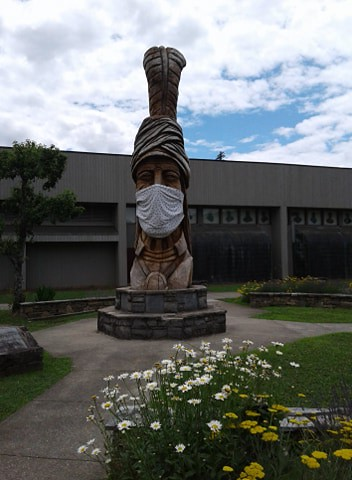
How To Get To Great Smoky Mountains National Park
The closest airport to Great Smoky Mountains National Park is McGhee Tyson Airport, which is located just over 23 miles away, on the outskirts of Knoxville, Tennessee. It takes roughly 30 minutes to drive between the airport and the park.
For those coming from further afield, there are also 3 major international airports within comfortable driving distance of the park.
Charlotte Douglas International Airport is 145 miles east of the park, in Charlotte, North Carolina. Hartsfield-Jackson Atlanta International Airport is 175 miles south of the park, in Atlanta, Georgia. Nashville International Airport is 190 miles west of the park, in Nashville, Tennessee.
You can reach the park from Charlotte in around 2 hours and 40 minutes, while both Atlanta and Nashville are roughly a 3 hour and 20 minute drive away.
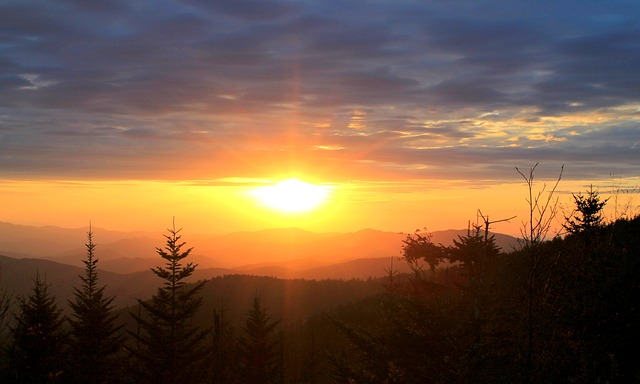
Best Place To Stay Near Great Smoky Mountains National Park – Historic Tapoco Lodge, Tapoco
The Historic Tapoco Lodge is an iconic location right on the edge of Great Smoky Mountains National Park, in Tapoco, North Carolina, which first opened in 1930.
Guests will get to stay in a historic building with stunning architecture, surrounded by the iconic landscapes the region is known for.
Each of the spacious rooms features Wi-Fi and air conditioning, as well as comfortable furniture and linens, a private bathroom, TV, and tea and coffee making facilities. Most will also offer incredible views of the surrounding area.
The communal areas of the property include a bar, lounge, restaurant, and terrace, where you can eat, drink, and relax.
A choice of buffet or continental breakfast options are available each morning, while business and laundry facilities can be provided to all guests if necessary.
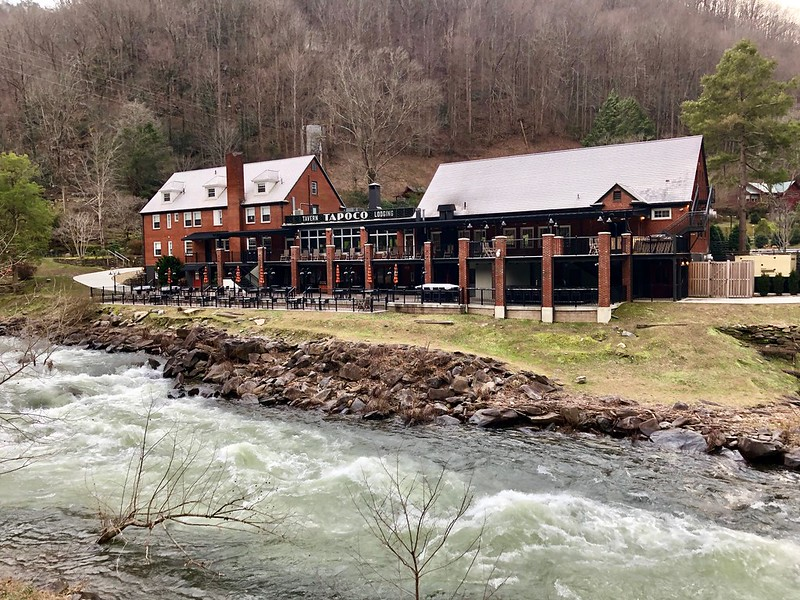
How Many Days To Spend In Great Smoky Mountains National Park
As one of the larger national parks in the lower 48 states, it is going to take a fair amount of time to explore. Those wondering how many days to spend in Great Smoky Mountains National Park should consider spending between 3 to 4 days in the park.
This will give you enough time to explore the majority of the most famous and popular areas in the Smokies and get a true sense of your fabulous surroundings. That said, those seeking a complete experience may be better off dedicating an entire week to your visit.
A week will not only give you long enough to enjoy the tourist hotspots, but you will also have plenty of time to take some of the longer hikes and really experience the full wonders of the park’s natural landscape and its abundant wildlife.
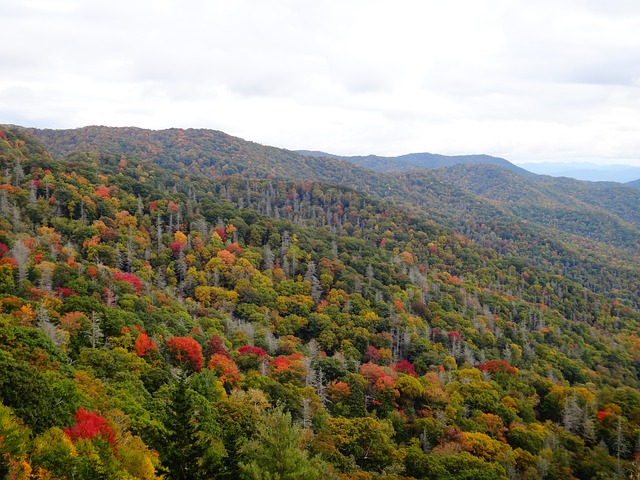
Best Time To Visit Great Smoky Mountains National Park
The best time to visit Great Smoky Mountains National Park is from the start of June to mid-September.
This period is when the park experiences its warmest weather, meaning you can enjoy the wonderful, natural location, without constantly worrying about trying to keep warm.
The month of August is a particularly good choice, as it ranks as both the second warmest and driest month of the year, giving you the best possible combination of both.
The only downside is that this is also the most popular month, so the park may be a little busier than usual at this time.
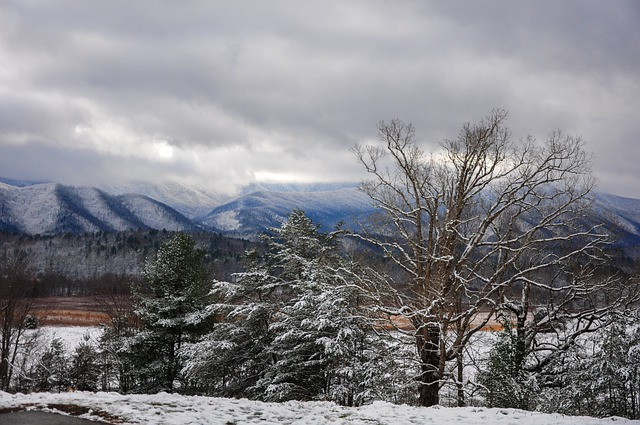
Conclusion
That concludes our guide to helping you explore Great Smoky Mountains National Park. You should hopefully now have plenty of information to fill out your travel itinerary and plan the perfect trip to this incredible, natural recreation area.
That means all that you have to do left is start getting everything from your car and flights to accommodation booked. That way, you can get all of the hassle out of the way and start looking forward to experiencing all of the wonders the park has to offer for yourself.
